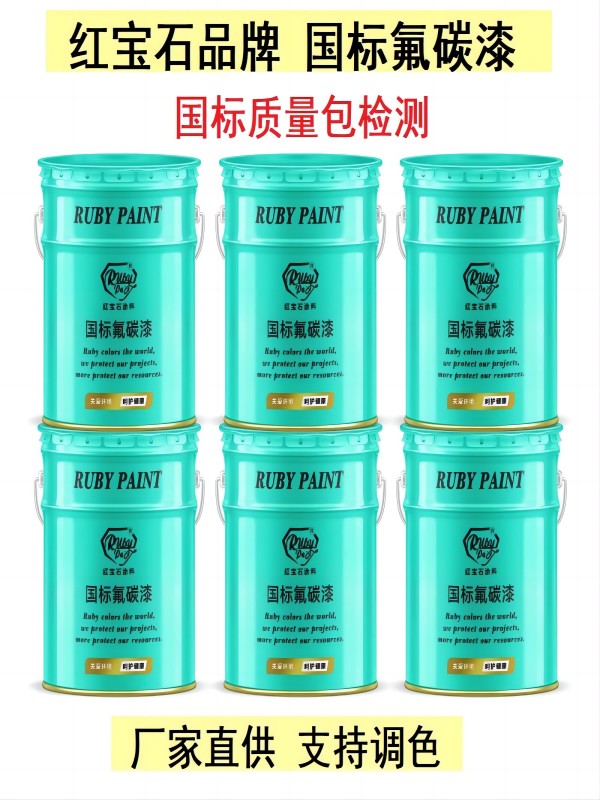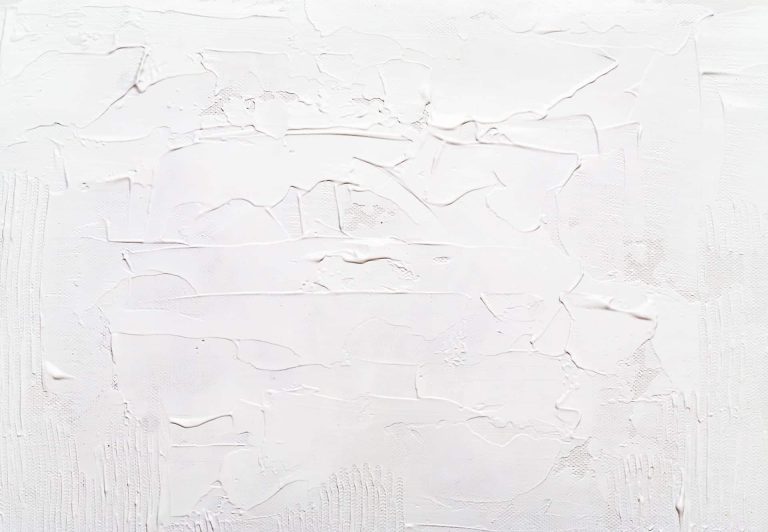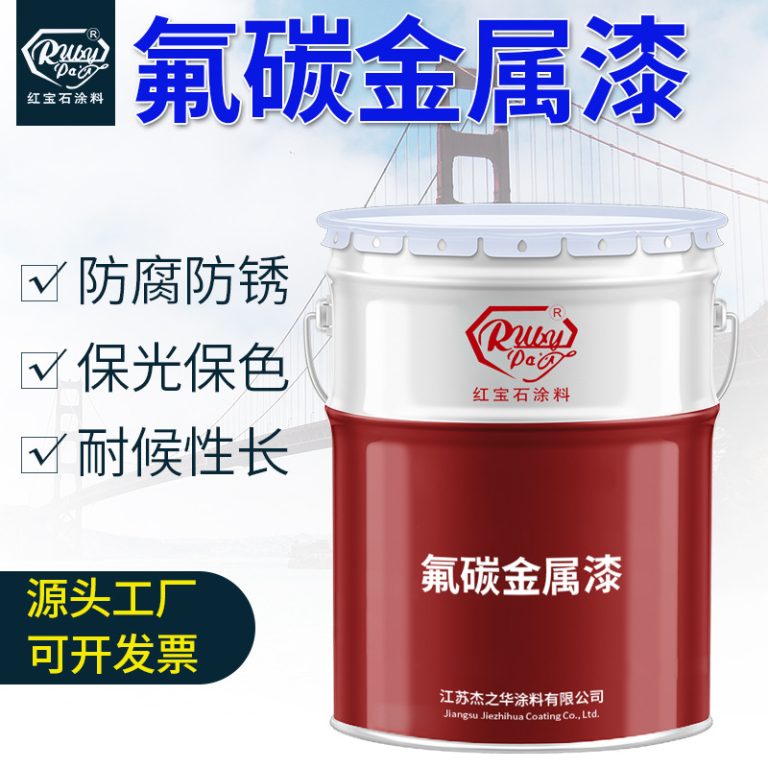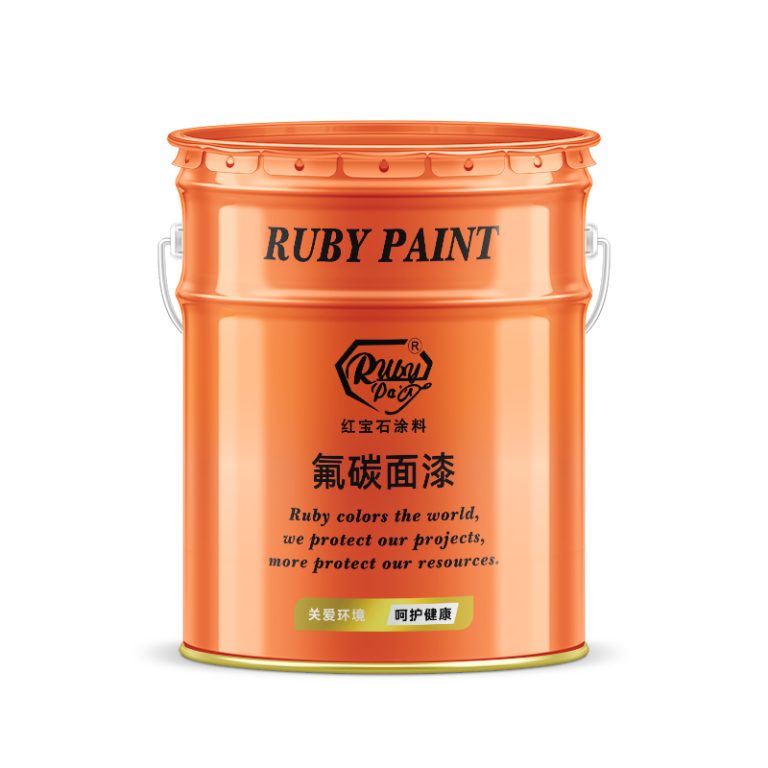Comparing Fluorescent Paint and Glow-in-the-Dark Materials: Uses, Durability, and Safety Considerations
Title: Comparing Fluorescent Paint and Glow-in-the-Dark Materials: Uses, Durability, and Safety Considerations
When it comes to creating visual effects that stand out in low-light conditions, two popular options are fluorescent paint and glow-in-the-dark materials. Both have unique properties that make them suitable for different applications, and understanding their characteristics is essential for anyone looking to use them effectively.
| Number | Product |
| 1 | Fluoracarbon primer paint |
Fluorescent paint, also known as neon paint, is highly vivid and is designed to absorb and reflect ultraviolet light, making it appear to ‘glow’ under a blacklight. This type of paint is commonly used in signage, artwork, and for decorative purposes where the lighting can be controlled to enhance its effect. On the other hand, glow-in-the-dark materials, also known as phosphorescent materials, contain substances that can absorb light and then slowly release it over time, creating a glowing effect even in total darkness.
The uses of these materials vary widely. Fluorescent paint is often favored for applications that require high visibility and a dramatic impact, such as in theatrical productions, safety markings, and in the creation of immersive environments like haunted houses or themed parties. Conversely, glow-in-the-dark materials are frequently used in situations where a persistent light source is needed without electricity, such as in emergency exit signs, watch dials, and children’s toys.
In terms of durability, both types of materials have their strengths and weaknesses. Fluorescent paint tends to fade when exposed to sunlight for extended periods, as the UV-reactive compounds can degrade over time. This makes it less suitable for outdoor applications unless it is specially formulated for UV resistance or protected with a clear coat that filters out harmful rays. Glow-in-the-dark materials generally have a longer lifespan and can maintain their luminescent properties for several years if manufactured with high-quality phosphors. However, they too can eventually lose their ability to charge and emit light with repeated exposure to bright light or extreme conditions.
Safety considerations are also paramount when dealing with these materials. Most modern fluorescent and glow-in-the-dark paints are non-toxic and safe for general use. However, it is important to follow the manufacturer’s guidelines, especially in environments where children or pets may come into contact with them. Historically, some glow-in-the-dark materials contained radioactive elements like radium, but these have long been phased out in favor of safer alternatives such as strontium aluminate.
When choosing between fluorescent paint and glow-in-the-dark materials, one must consider the specific requirements of the project. If the goal is to create a vibrant effect that pops under UV light, fluorescent paint is the ideal choice. For a subtle, enduring glow that does not rely on external light sources, glow-in-the-dark materials are the better option. Both can be applied to a variety of surfaces, including walls, fabrics, and plastics, but the method of application and the preparation of the surface can affect the final outcome.
| Serial No. | Product |
| 1 | Epoxy Zinc rich paint |
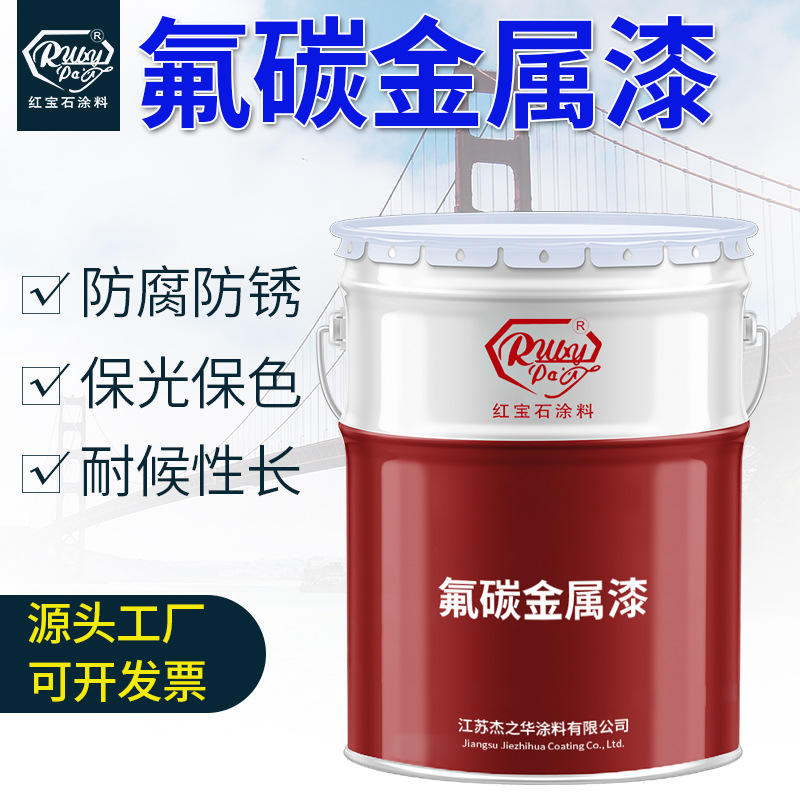
In conclusion, while fluorescent paint and glow-in-the-dark materials may seem similar at first glance, they serve distinct purposes and come with different considerations regarding use, durability, and safety. By understanding these differences, one can make an informed decision on which material to use for any given project, ensuring the desired effect is achieved with the utmost effectiveness and safety. Whether illuminating a stage for a dramatic performance or ensuring visibility in the absence of light, these materials continue to provide versatile solutions for a myriad of creative and practical applications.

